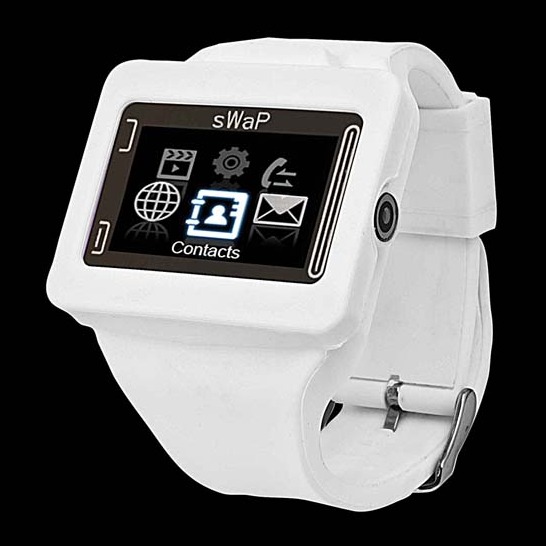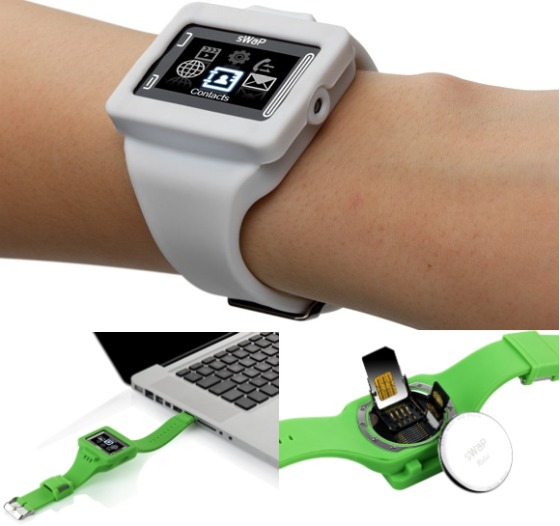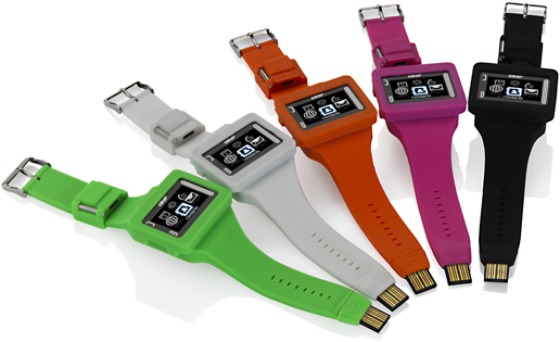Are you in these photos?
Facebook is investing loads of the money in advertising and the most hot selling are the Do You Need a Girlfriend Ads.
Who are these girls ??
Think Fun
The Mouse for Men concept design offers an interesting take on the mouse that we’ve come to know and love. This concept mouse features a flexible touchscreen display with pressure sensitive technology to enhance the experience. Inspired by a real mouse, this computer mouse features a separable tail, though it doesn’t do much to improve your computer productivity skills. The blue lines on the mouse actually remind us of TRON, but then again, maybe we’ve been watching the movie too much recently.
Mouse for Men concept futuristic mouse, By Ubergizmo, 22 Dec 2010.


Mature adults are driving the most recent growth in Facebook’s membership, so it makes perfect sense that even the eldest are joining the site. The oldest user appears to be 103-year-old Lillian Lowe of Tenby England.
She became the eldest on Facebook after the previous record oldest member died in July at age 104. Said individual, Ivy Bean, also hailed from England, interestingly enough.
The 103-year-old Lowe told United Press International that she has 34 friends on Facebook, including seven grandchildren and 13 great grandchildren. She accesses the site on her iPad, and enthuses:
I love it — it’s very exciting. It’s a wonderful way of finding out about things. I recommend it for any grandparents to keep in touch with family.
Apparently, Facebook spokespeople haven’t confirmed whether Lowe is in fact the eldest. But the way she uses the site appears to be catching on, at least based on what I see happening among my own friends there. Grandparents have been figuring out that their grandkids are logging on daily, or almost that frequently.
Readers, have you seen anyone older than 103 years on Facebook? Who’s the oldest person on your friend list?
from All Facebook by Jackie Cohen

Product Specifications
- Screen: 1.46-inch Touch Screen color 176 x 132 Pixels
- Frequency: GSM 850/900/1800/1900MHz
- Music: Midi, WAV, AAC and MP3 format
- Video: 3GP, MPEG-4 formats
- Camera: In-Built camera for still pictures and video recording
- Internal Storage: 128 + 32MB (used by OS)
- External Memory: GB Micro SD Card (expandable upto 8GB)
- Data Transfer: USB 2.0 / Data Cable & Bluetooth file transfer
- Bluetooth: CSR original V2.0, A2DP Supports Bluetooth stereo output for music
- Loudspeaker: Incorporated with sensitive microphone for hands free operation
- Talk Time: 130 – 160 Minutes
- Standby Time: 85 Hours
- Alarm Clock: 5 optional ring-tones
- Size 205(L) x 46.5(W) x 17.5(D) mm
- Weight: 65g (approx.)

Watch Features
- Time
- Date
- SMS
- MMS
- Calendar
- World Clock
- Calculator
- WAP
- Recent Calls
- Missed calls
- File Manager
- E-Book Reader
- FM Radio
- 500 Contacts





Its pod-like leaves are mobile observation decks that glide up and down the trunk of the tower. The tree theme stems from the fact that Taiwan is shaped like a leaf, according to Romanian architect Stefan Dorin. He says the observation pods were also influenced by “sci-fi computer gaming culture,” and are made of lightweight materials “borrowed from the spacecraft industry.”
Dorin, of DSBA, in collaboration with upgrade.studio, received four million Taiwan dollars (approximately $130,000) in addition to the right to design the new landmark, financed by the Taichung government.
Not unlike a tree, the Taiwan Tower was designed to be eco-friendly. It has a small footprint at land-level, collects rainwater and purifies it for use as well as generating power from turbines and photovoltaic panels. It also uses a chimney-like system for natural ventilation, and has a geothermal power station in the basement for heating.
Upon completion, the tower will be the focal point for the Taichung Gateway Park, an area being developed after the relocation of the former Taichung Airport.
Popular Science



Product Specifications
- Bring your photo albums to life in a whole new way
- Record personalized messages to elaborate on the pictures you take
- Simply attach a coded sticker near the photo, scan it with the Story Teller and then record your message
- To play back the message associated with the photo, just place the Story Teller back over the sticker
- Comes with over 500 specially coded stickers
- You can also back up your recordings to computer via USB (included)
- Requires 3 x AAA batteries (not included)



Created by Dutch research firm IMEC, Human++ is a type of wireless BAN (body area network). This particular version uses a dongle that actually plugs into your phone's microSD slot (which is one reason it's limited to Android--the iPhone, for one, doesn't have a microSD slot) and receives data over a low-power radio system. Though Bluetooth is more popular, the nRF24L01+ frequency was chosen for its low power requirements. IMEC says a Bluetooth connection would barely last the day, while the RF frequency can last a week.
The sensors from one of IMEC's low-power ECG systems are on a sort of transmitting necklace which communicates with this dongle. That dongle in turn can issue status updates as well as send alerts to a doctor via the smartphone's 3G or Wi-Fi connection--a major step up from the old system, which actually used landlines.
There are non-medical uses for the tech too--athletes and trainers are interested in the ability to remotely track the inner workings of the body in real-time. It's not clear how the system might work with phones, like iOS, Palm WebOS, and Microsoft Windows Phone devices, that don't have expandable microSD slots--maybe an external dongle, rather than a (neater, certainly) internal one.
Using consumer tech to monitor health seems to be a big trend these days: Webcam monitoring, infrared glucose tests, and all kinds of helpful machines are popping up, using gadgets we already have in new and helpful ways.
The Human++ system is still in development, but shows a ton of promise, as proven by the positive reaction it got upon its introduction at this year's Wireless Health Conference in San Diego.

Gallery: Colorware Grip for iPad press photos
Colorware ships its first original product: the $300 Grip for iPad (hands-on) originally appeared on Engadget on Fri, 01 Oct 2010 15:48:00 EDT.

How will your phone climb out of your pocket and into your head? Intel’s CTO Justin Rattner thinks that, by combining the geo-location already standard in smartphones with data from sources (the microphone, the camera, the gyro, etc.), phones could figure out a lot more about you. For instance, gyro data could tell if you’re taking an easygoing stroll or if you’re rushing. Judging by time, noise levels, and even things like breathing, your phone could know if you are asleep or awake.
By logging this data, your phone could learn a lot about your routine: when you typically sleep and when you wake up, when you generally perform your morning and evening commutes, places you frequent, what news you like to read on your mobile device, or what coffee shop is your favorite. By learning how you live, it could then offer you advice, move your news apps to your home screen during your a.m. bus commute, or perhaps even notify you when that Starbucks near your office that you frequent is giving away free free non-fat half-caff lattes (because that’s your favorite, and your phone knows it).
Mood-sensing phones are pure concept for now, but Rattner has suggested publicly that context-aware computing will begin to emerge in Intel products in the “not-too-distant future.” The company has already demonstrated a television remote that knows who is holding it by learning how different members of a household grasp it, learning each viewer’s entertainment likes and dislikes as well.
Networked with a phone that knows where you’ve been, what news you’re already heard about, and how you’re feeling, soon your TV could know if you’re in the mood for Monday Night Football or a quiet night catching up on Gossip Girl. And stop trying to act like you don’t like Gossip Girl. Your phone told us so.
Slouching toward JFK

This new airplane seat will be officially unveiled at a trade show next week, and the early buzz is that several airlines are interested, including some in the U.S. The thought makes us cringe — which, come to think of it, we will be required to do in order to fit into these seats.
The “SkyRider” is the latest innovation designed to save airlines money and, apparently, make passengers miserable. It is supposed to mimic the experience of riding horseback: “Cowboys ride eight hours on their horses during the day and still feel comfortable in the saddle,” says Dominique Menoud, director general of Aviointeriors Group, which will make the seats. Some cowboys might say otherwise, but there’s a larger point: In the future, do we really want to return to traveling Old West style?
Odds are pretty good that budget airlines will be the first to order the SkyRider, which Menoud says can be used in its own cabin class. Ireland’s Ryanair already wants to sell standing-room-only seats, and this could be an aviation-authority-approved alternative. Tickets will probably be cheaper, but airlines will reap rewards by packing more people on board. That is, until people give up and choose telepresence over sardine-style travel.
We’re all for future aircraft technologies that improve flight efficiency and design. By all means, give us airplanes with self-cleaning, shape-changing seats made of plant fibers. Please, just don’t make us sit 23 inches apart.

Excellent love gift..A USB Rose....It’s powered by a USB port and is available in a variety of colors including: Red, Blue, Pink, Purple and White. Get one for $9 or buy a whole … [visit site to read more]
Will you accept this USB rose? originally appeared on The Gadgeteer on August 23, 2010 at 9:00 am.





Gorilla goes hands-on with Nintendo DSi XL at the San Francisco Zoo originally appeared on Engadget on Mon, 09 Aug 2010 19:20:00 EDT.
